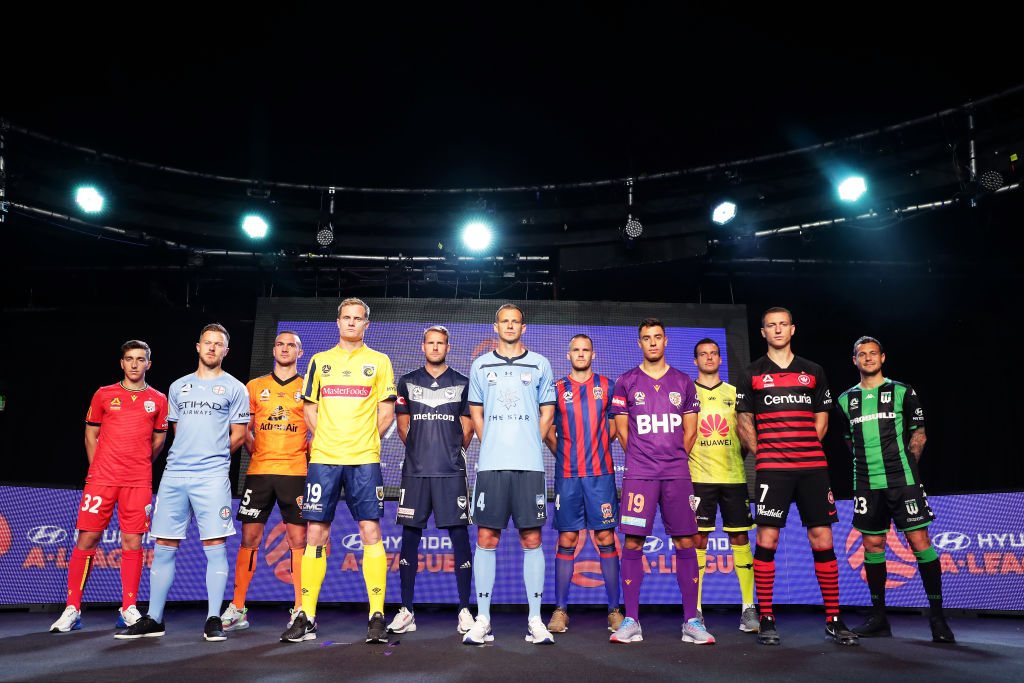A recent study has found that a three-day turnaround is sufficient for soccer players to recover and play again as football administrators from the A-League and around the globe race to compress fixtures disrupted by the COVID-19 pandemic.
The Australian Catholic University study, published in Science and Medicine in Football, found team sport athletes are able to maintain their running volume and intensity across two, 90-minute simulations separated by 72 hours.
The study is good news for the A-League, which will aim to cram the final six rounds and finals into August, with teams possibly playing up to three times a week, and the English Premier League, which is considering a suite of options, including shortening the duration of matches to complete the season.
Study lead Dr Paul Tofari, who worked with Professor Justin Kemp and Associate Professor Stuart Cormack from ACU’s School of Behavioural and Health Sciences, said the players covered up to 13 kilometres during the lab simulations.
While fatigue and general muscle soreness was reported up to 48 hours after simulations, a battery of neuromuscular, biochemical and perceptual tests showed they could perform at the same volume and intensity as early as three days later.
“And the fitter and stronger you are, the quicker you recover,” Dr Tofari said. “We know that greater lower body strength holds you in good stead.
“So hopefully, the players who’ve been training in isolation have used that downtime well.”
Held in a controlled laboratory setting, the study involved 11 male athletes drawn from soccer and Australian football teams. Each footballer performed two 90-minute (2 x 45-minute halves) match simulations, 72 hours apart, on a curved, non-motorised treadmill.



